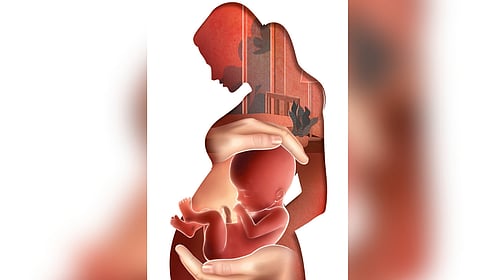

CHENNAI: India has made steady progress in reducing the number of babies born with low birthweight over the past 30 years, but some states—particularly Uttar Pradesh, Bihar, Maharashtra, and West Bengal—continue to account for nearly half of all such births, according to new research published in BMJ Global Health.
Curiously, despite its overall progress, Maharashtra’s low birthweight rates are on par with economically weaker states — and even higher than those in West Bengal. Together, these four states — Uttar Pradesh (858,000), Bihar (430,000), Maharashtra (399,000), and West Bengal (318,000) — accounted for 47% of all low birthweight cases in India. These same states also reported the highest number of babies born "smaller than average" as assessed by mothers.
Why Low Birthweight Matters
Babies born with low birthweight (less than 2.5 kg) are at a higher risk of poor cognitive development, chronic diseases later in life, and complications linked to poor maternal health and nutrition.
Researchers, who prepared the BMJ paper, used data from five rounds of India’s National Family Health Survey (1992–2021), covering more than 626,000 births.
While nationwide low birthweight rates fell from 26% in 1993 to 18% in 2021. And the lowest rates were in Mizoram (4%) and Nagaland (5%), and Manipur (7%) during the same year.
Inequality Plays a Major Role
The study found that low birthweight is more common among women with little or no formal education, families from the poorest income groups, and babies born outside health facilities or not weighed at birth
This suggests that both poor maternal health and limited access to healthcare contribute significantly to the problem.
While many states have seen sharp improvements, especially those with higher rates in the 1990s, researchers warn that data gaps—especially in earlier years—make some of the figures hard to interpret precisely.
They also stress the need to improve healthcare data collection, particularly around birthweights.
While India has made encouraging progress, targeted efforts are still needed in lagging states to address ongoing maternal and child health disparities, said the researchers.